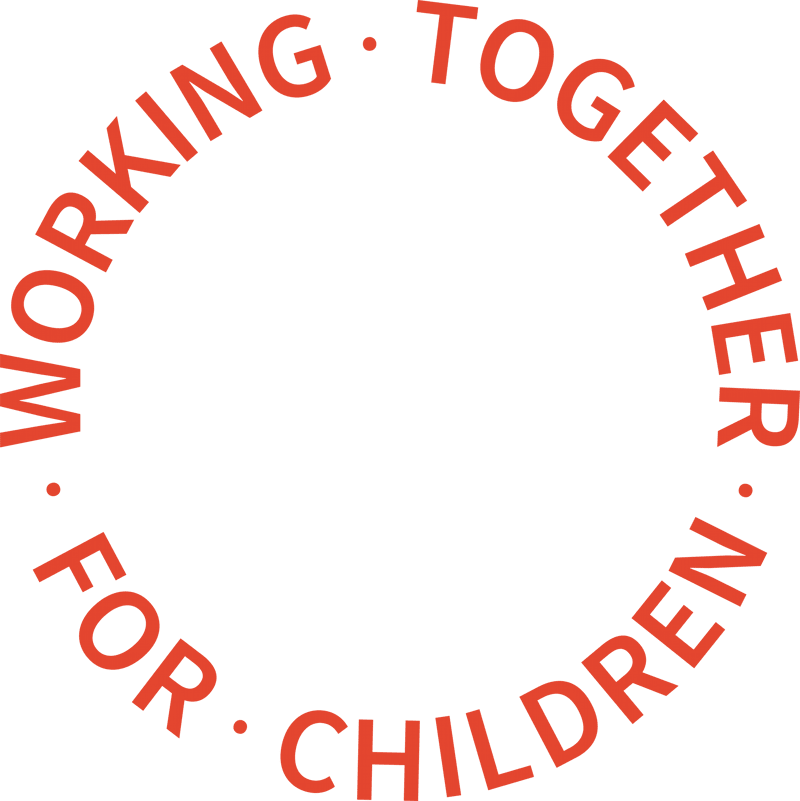The number of children in care continues to rise, according to official figures from the Department for Education.
There were 78,150 looked after children in March 2019, up 4 per cent from the previous year. This is equivalent to a rate of 65 children per 10,000 - up from 64 per 10,000 in 2018 and 60 per 10,000 in 2015.
The number of children starting to be looked after in 2019 has fallen by 2% to 31,680. The number ceasing to be looked after has also fallen by 2% to 29,460 after a period of gradual increases and a high of 31,860 in 2016.
Children who stopped being looked after during the year due to adoption fell by 7% to 3,570, continuing the drop seen last year. The figures is down from a peak of 5,360 in 2015.
Children aged between 10 and 15 years old make up the largest age group of children in care and represent 39% of all looked after children. Twenty four per cent are aged 16 years and over, 18% are aged 5-9 years old, 13% are aged 1-4 years and 5% are aged under one. Over the last five years, the average age of looked after children has been steadily increasing, the report added.
The majority of children in care are white representing 74% of the total while 10% were of mixed ethnicity and 8% were of Black or Black British ethnicity. The proportion of children in care of white ethnicity has decreased steadily from 77% in 2015 and this is due to unaccompanied asylum-seeking children, a group which has recently grown in number.
The number of UASC increased by 11% to 5,070 and they represent around 6% of all looked after children in England. Ninety per cent of UASC are male and 85% are aged 16 and over. Eighty seven per cent have a primary need of absent parenting.
However, UASC are not distributed evenly around the country. Local authorities with points of entry to the country such as Kent and Croydon, have much larger numbers of UASC than other local authorities. There is a scheme in place to help redistribute UASC across the country.
The analysis stated that the main reason for children coming into care was a result of or because they were at risk of abuse or neglect - 49,570 children. The second most common reason identified for children going into care was due to living in a family where the parenting capacity is chronically inadequate (family dysfunction) and this was the case for 11,310 children. The third most commonly identified reason was due to living in a family that is going through a temporary crisis that diminishes the parental capacity to adequately meet some of the children’s needs, the family being in acute stress, and this was the reason identified for 6,050 children.
Most children in care - 72% - are placed in foster placements, with 13% being placed in a foster placement with a relative or friend and 58% being placed with a foster carer who is not a relative or friend.
The remaining looked after children are placed in secure units, children's homes or semi-independent living accommodation, with parents, living independently or in residential employment or placed for adoption. In terms of placement stability, 68% of children in care had one placement in the year but 10% had three or more.
Local authorities have a general duty to provide accommodation that is within the local area and allows the child to live near their home. The majority of children, 73%, were placed within 20 miles of home but 20% were not. Information for the remaining 7% was not known or not recorded.
There were 73,470 missing incidents in 2019 affecting 11,830 children and representing 11 per cent of looked after children. This was an average of 6.2 missing incidents per child who went missing and the average period of being missing was one day. The largest proportion of missing incidents were from ‘secure units, children’s homes and semi independent living arrangements’ (50%), however this is likely because more older children are placed in these settings and older children are more likely to go missing. Yet 27% of missing incidents were from foster placements and 19% were living independently. Away without authorisation incidents were reported for 3% of CLA (3,650 children).
In 2019, 29,460 children ceased being looked after and 30 per cent of children returned home to live with their parents. Sixteen per cent moved into semi independent living accommodation, 13 per cent were under a Special Guardianship Order and 12 per cent were adopted.
The number of children in care who were adopted has fallen by 7% since 2018 to 3,570. Adoptions have been falling, down from 5,360 in 2015. The average time between entry into care and adoption is 1 year and 11 months, the same as 2018.
Children ceasing to be looked after through a special guardianship order increased by 11% in 2019 to 3,830. Most SGOs were made to relatives or friends – 90% - and the remainder were largely to former foster carers – 9%.
The analysis states that local authorities are expected to stay in touch with care leavers and provide statutory support to help the care leaver transition to living independently. Local authorities were in touch with 75% of 17-year olds, 93% of 18-year olds and 89% of 19 to 21-year old care leavers.
The number of 19- and 20-year olds who ceased to be looked after on their 18th birthday, and who were still living with their former foster carers under the Staying Put scheme stayed at 26%, the same as in 2018.
Children looked after in England (including adoption) year ending 31 March 2019


